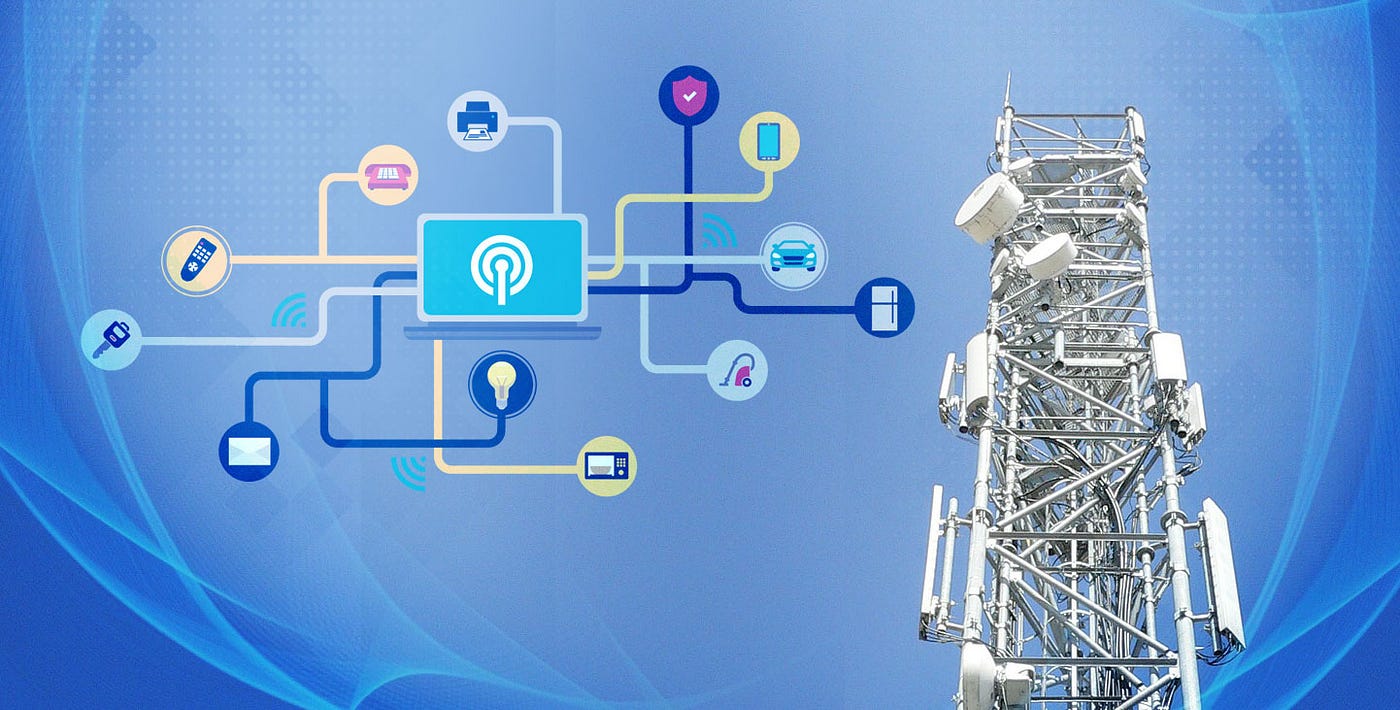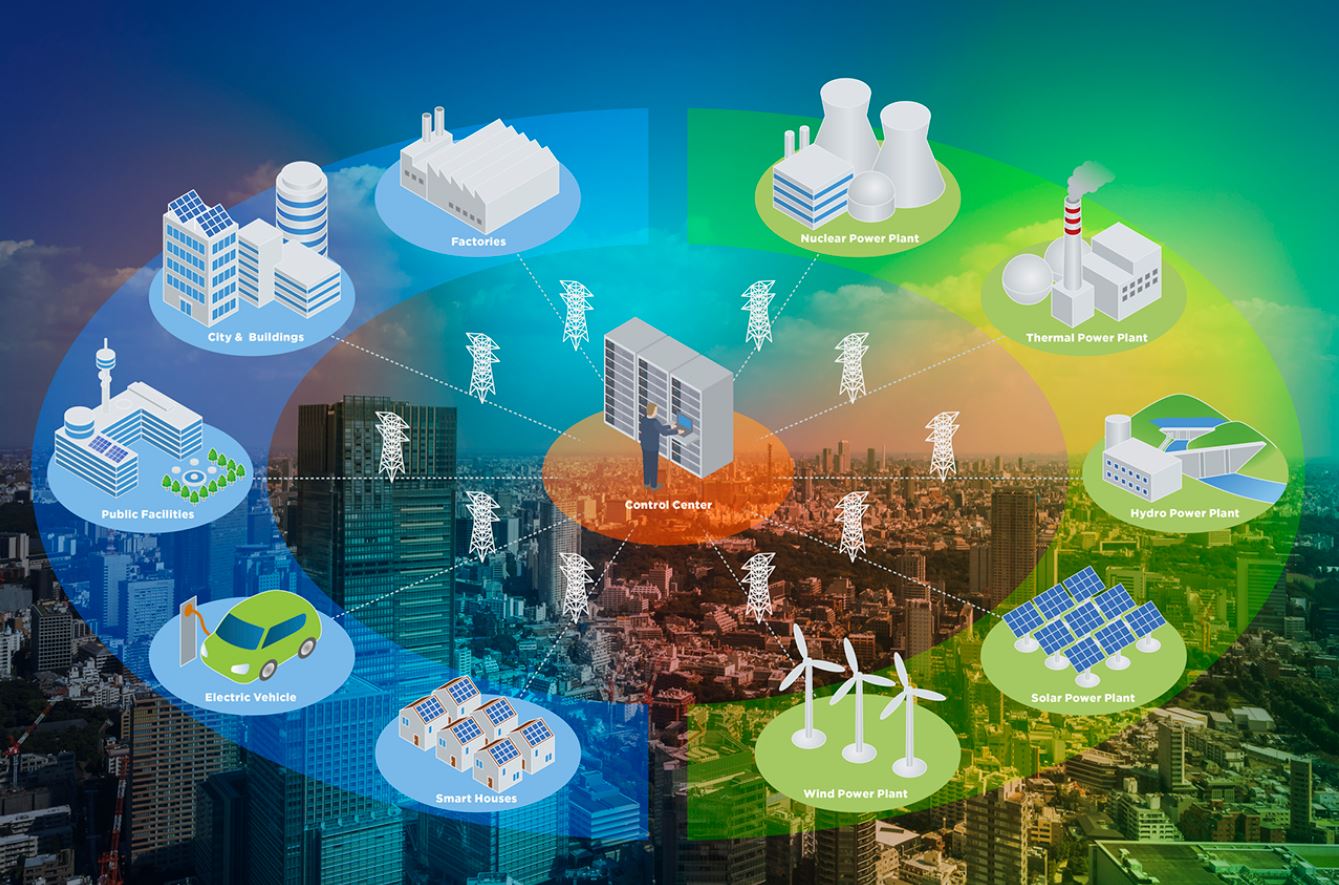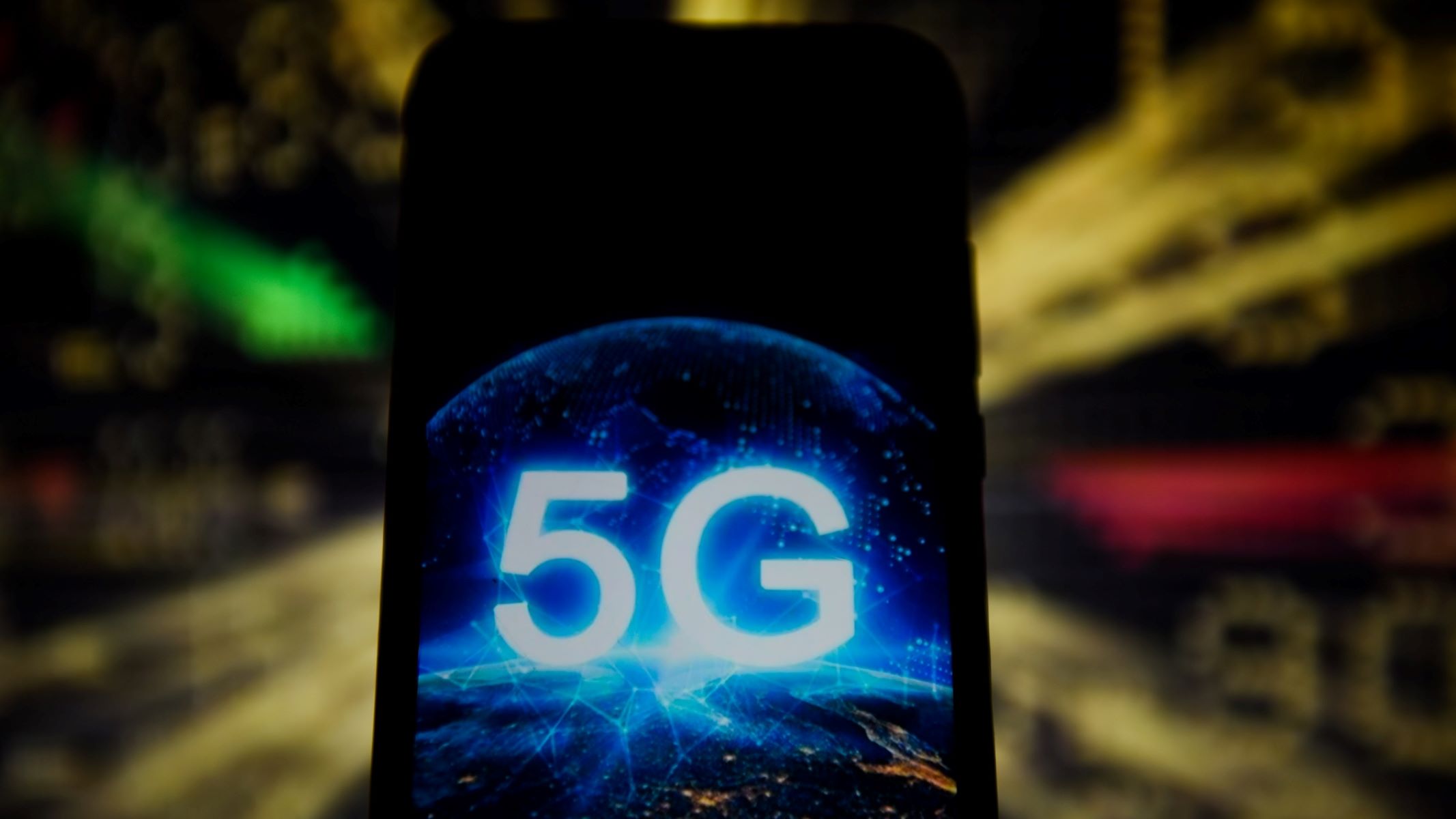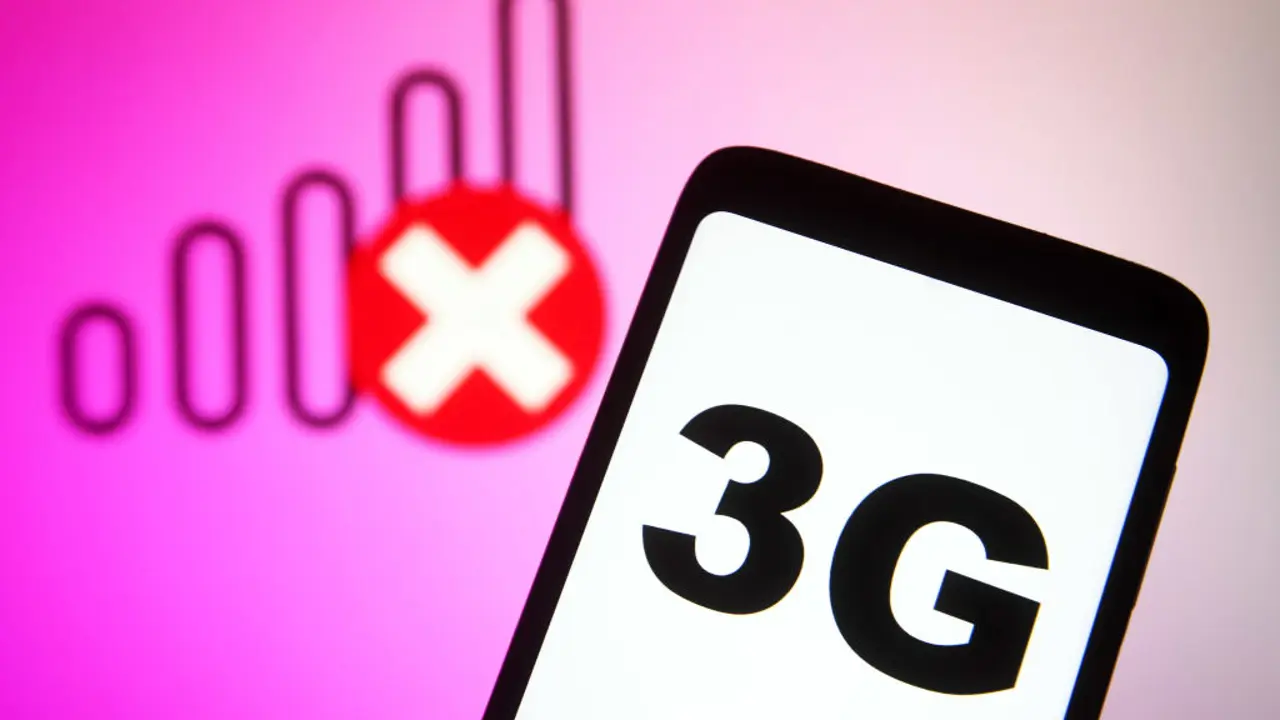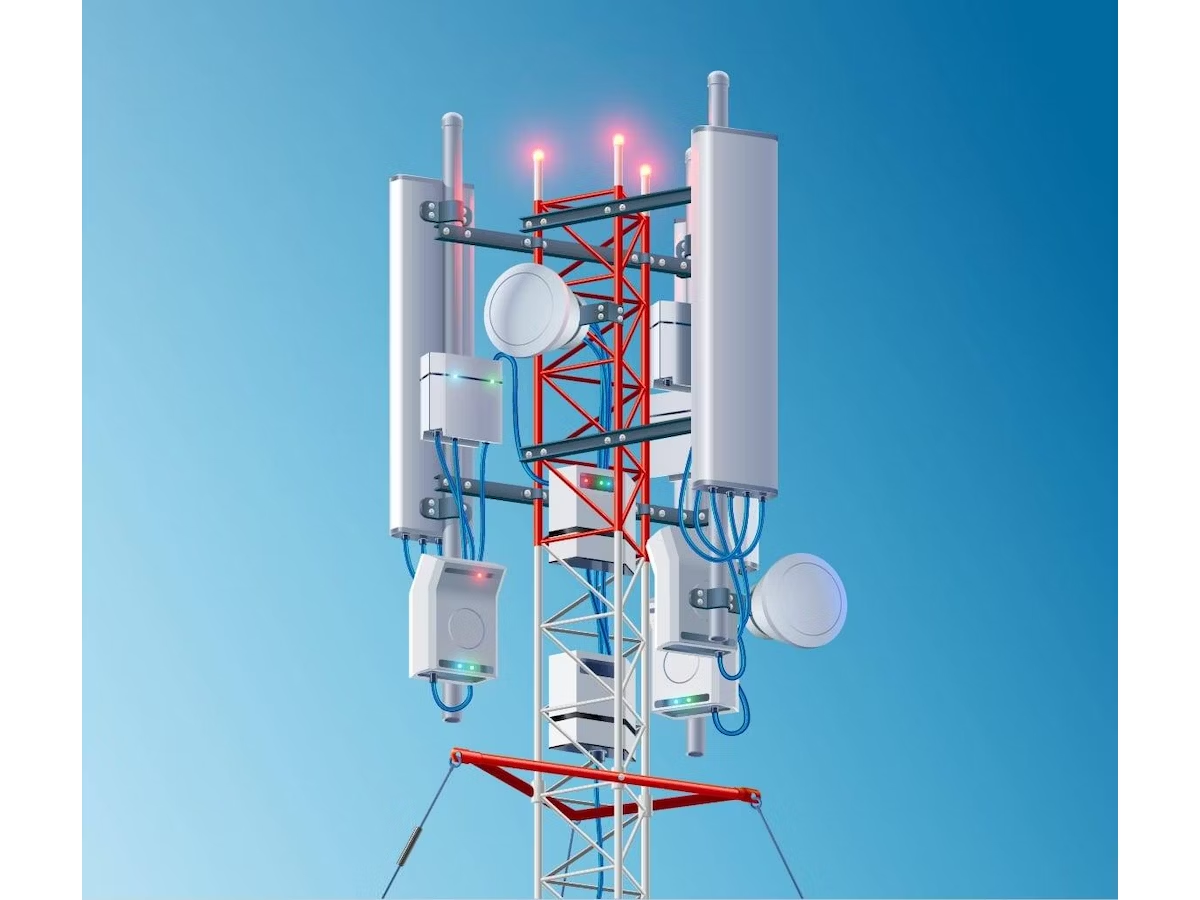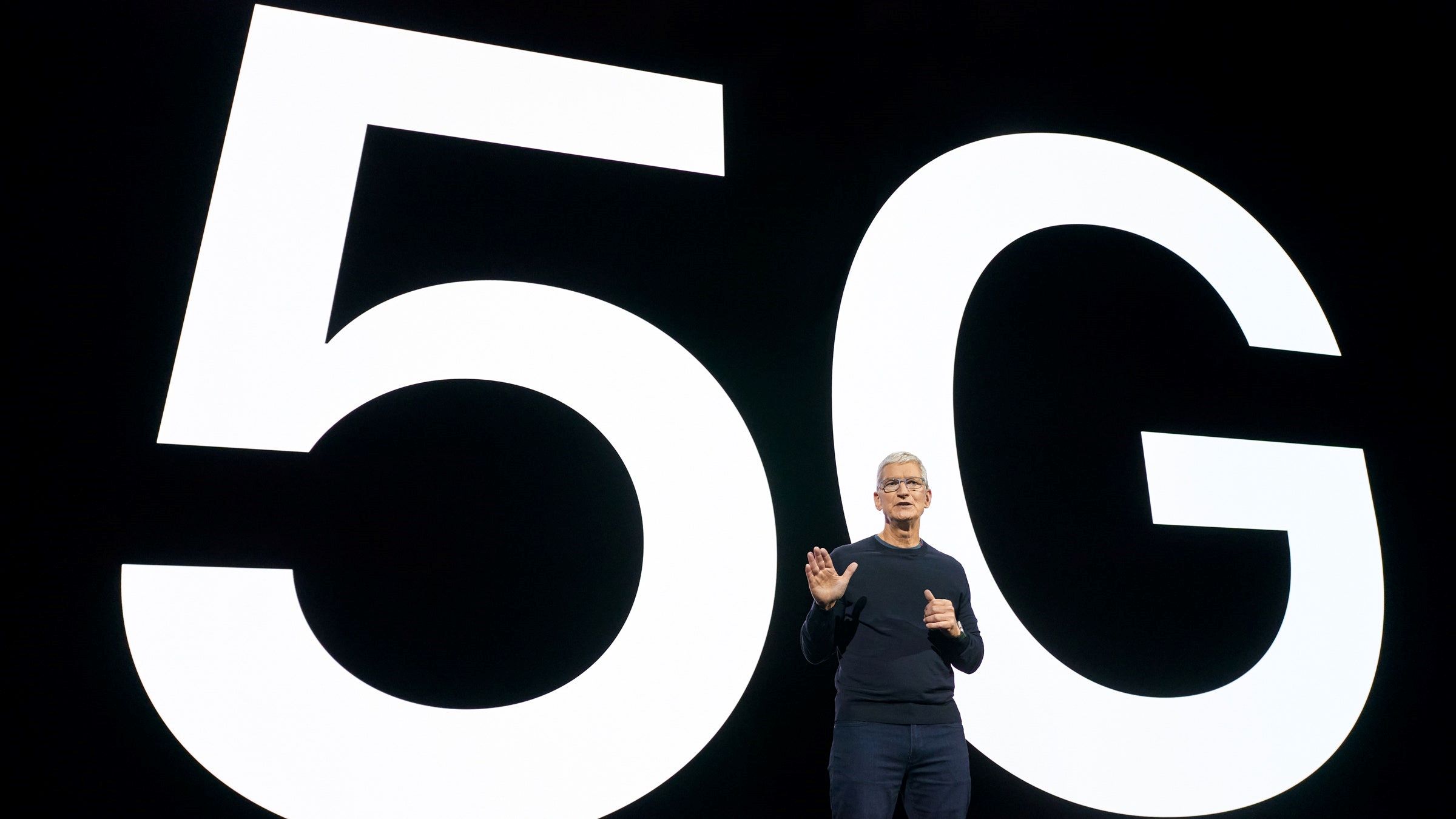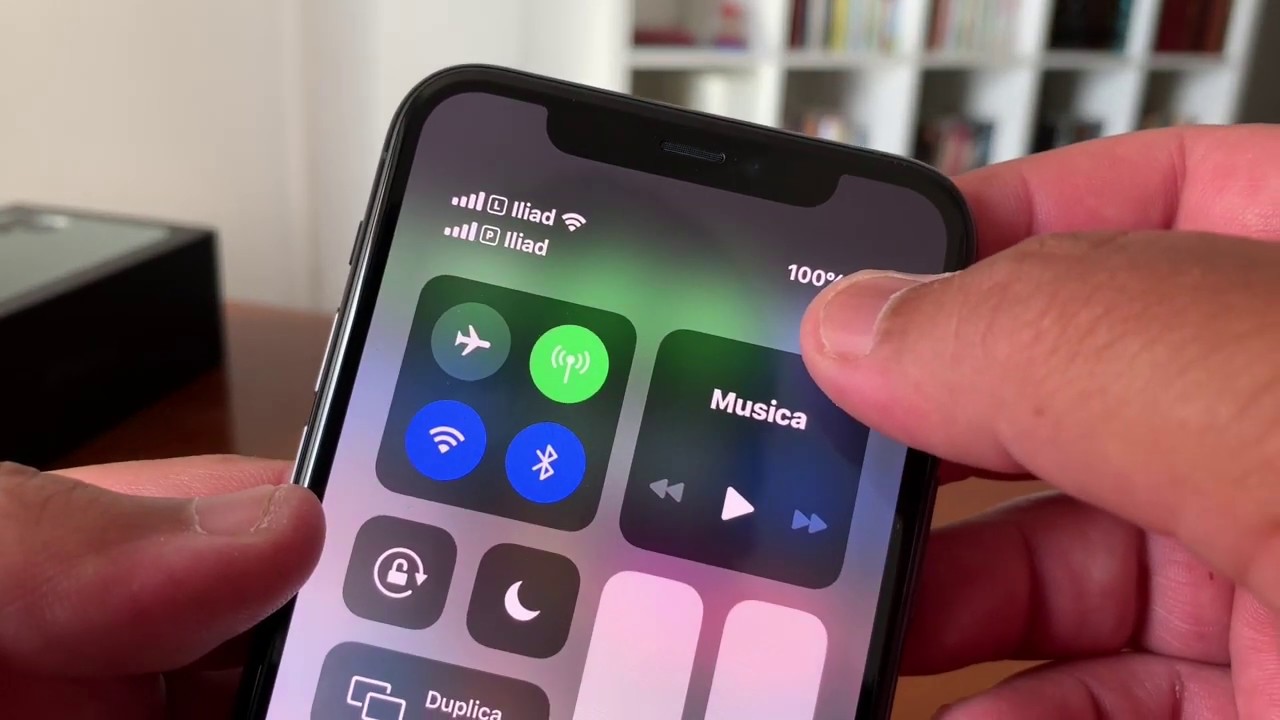Introduction
Welcome to the fascinating world of IoT in Telecommunications! In today’s digital age, the Internet of Things (IoT) has revolutionized various industries, including telecommunications. With the proliferation of connected devices and the seamless integration of technology, IoT has emerged as a game-changer in the telecommunications sector.
But what exactly is IoT? IoT refers to the network of interconnected devices that communicate and share data with each other through the internet. These devices can range from smartphones, tablets, and wearables to everyday objects like thermostats, cars, and even home appliances. By harnessing the power of IoT, the telecommunications industry has witnessed significant advancements in terms of connectivity, efficiency, and customer experience.
This article explores the role of IoT in telecommunications, highlighting its benefits, challenges, and real-world use cases that have transformed the industry. So, let’s dive deeper into the world of IoT in telecommunications and uncover its potential to shape the future.
What is IoT?
The Internet of Things (IoT) is a network of physical objects or “things” embedded with sensors, software, and other technologies that enable them to connect and exchange data with other devices and systems over the internet. These interconnected devices can range from everyday objects like thermostats and refrigerators to complex machinery and vehicles.
IoT devices collect and transmit data through various communication protocols, such as Wi-Fi, Bluetooth, or cellular networks. This data can be analyzed and utilized to automate processes, make informed decisions, and improve overall efficiency and convenience in various industries.
One of the key pillars of IoT is the ability of devices to communicate and share data without human intervention. This interconnectedness enables devices to work collaboratively, responding to changes in the environment or specific instructions to optimize their performance.
IoT has the potential to revolutionize numerous aspects of our lives, from smart homes and cities to healthcare, agriculture, and transportation. With the continuous advancement of technology, the number of IoT devices is projected to grow exponentially, opening up new possibilities for connectivity and innovation.
IoT in Telecommunications
The integration of IoT in the telecommunications industry has brought about significant advancements and transformative changes. As telecommunications providers strive to deliver improved services and meet the growing demand for connectivity, IoT has emerged as a key enabler in achieving these goals.
One of the main areas where IoT has had a profound impact is in network management and optimization. With the rise of smart devices and IoT-enabled sensors, telecommunications companies can gather real-time data on network performance, traffic patterns, and customer usage. This data allows them to identify bottlenecks, optimize network capacity, and deliver better quality of service to their customers.
Another important aspect of IoT in telecommunications is the rise of smart homes and smart cities. With the help of IoT devices, individuals can control and monitor various aspects of their homes, such as lighting, temperature, security systems, and appliances, all through a smartphone or voice-controlled assistants. Telecommunications providers play a crucial role in enabling and supporting these smart ecosystems by providing the necessary connectivity and infrastructure.
Besides smart homes, IoT in telecommunications has also revolutionized industries such as agriculture and healthcare. In agriculture, IoT sensors and devices help monitor soil moisture, temperature, and crop health, enabling farmers to make data-driven decisions to optimize yields and reduce resource consumption. Similarly, in healthcare, IoT devices like wearable fitness trackers, remote patient monitoring systems, and smart medical devices have the potential to improve patient outcomes, enable remote diagnostics, and enhance the overall healthcare experience.
Moreover, IoT in telecommunications has paved the way for innovative services such as connected cars. By leveraging IoT connectivity, vehicles can communicate with each other, traffic systems, and drivers to enhance safety, improve traffic flow, and enable advanced features like autonomous driving. Telecommunications providers play a vital role in ensuring seamless and reliable connectivity in this emerging field.
Overall, IoT has revolutionized the telecommunications industry by enabling improved network management, facilitating the growth of smart homes and cities, transforming industries such as agriculture and healthcare, and unlocking the potential of connected vehicles. As the number of connected devices continues to grow, the telecommunications industry will continue to play a critical role in supporting and expanding the IoT ecosystem.
Benefits of IoT in Telecommunications
The integration of IoT in the telecommunications industry brings forth a multitude of benefits that have a profound impact on both service providers and end-users. Let’s explore some of the key advantages of leveraging IoT in telecommunications:
- Improved Network Management: By deploying IoT devices and sensors, telecommunications providers gain real-time insights into network performance, enabling them to optimize capacity, detect and resolve issues promptly, and deliver a seamless user experience.
- Enhanced Connectivity: IoT enables a higher level of connectivity by seamlessly integrating devices, enabling them to communicate and share data. This connectivity empowers individuals and businesses to stay connected, access information, and utilize services more efficiently.
- Efficient Resource Allocation: With IoT-enabled monitoring and analytics, telecommunications providers can gain valuable insights into customer usage patterns, allowing them to allocate resources more effectively and efficiently.
- Expanded Service Offerings: IoT opens up new avenues for telecommunications service providers to offer innovative and value-added services. From smart home solutions to remote patient monitoring and connected cars, IoT expands service portfolios, attracting new customers and creating new revenue streams.
- Enhanced Customer Experience: Through IoT, telecommunications providers can deliver personalized and tailored experiences to their customers. Whether it’s offering customized recommendations or automating routine tasks, IoT-powered solutions enhance customer satisfaction and loyalty.
- Increase in Operational Efficiency: IoT devices enable automation and remote management of various processes, reducing human intervention and minimizing manual errors. This leads to improved operational efficiency, reduced costs, and streamlined workflows.
- Improved Safety and Security: IoT sensors and devices enable enhanced safety and security measures. For example, in smart homes, IoT-enabled security systems provide real-time alerts and remote monitoring, ensuring the safety of residents and their belongings.
These are just some of the many benefits that IoT brings to the telecommunications industry. As technology continues to advance, the possibilities for leveraging IoT in telecommunications are boundless, opening up new opportunities for growth, innovation, and improved customer experiences.
Challenges of IoT in Telecommunications
While IoT offers numerous benefits in the telecommunications industry, it also presents a set of unique challenges that need to be addressed for successful implementation and operation. Let’s explore some of the key challenges:
- Security Risks: As the number of IoT devices grows, so does the potential for security breaches. Each connected device becomes a potential entry point for cyberattacks. Ensuring the security and privacy of IoT devices and the data they generate is a critical challenge that must be addressed.
- Interoperability: IoT devices come from various manufacturers, each utilizing different protocols and standards. Achieving seamless interoperability and integration of these devices remains a challenge. Standardizing protocols and ensuring compatibility across different IoT platforms is essential for the widespread adoption and success of IoT.
- Data Management and Analytics: The massive amounts of data generated by IoT devices pose challenges in terms of storage, processing, and analysis. Implementing efficient data management and analytics strategies to extract meaningful insights from IoT-generated data is crucial for realizing the full potential of IoT in telecommunications.
- Sustainability and Scalability: As the number of IoT devices increases, so does the demand for network resources and energy consumption. Ensuring the scalability and sustainability of network infrastructure to support the growing IoT ecosystem is a significant challenge for telecommunications providers.
- Reliability and Connectivity: IoT devices rely on a stable and reliable network connection to function effectively. Ensuring uninterrupted connectivity, especially in remote areas or during network congestion, is a challenge that needs to be addressed to avoid disruptions in IoT services.
- Regulatory and Legal Challenges: IoT technologies often operate across multiple jurisdictions, making it challenging to navigate regulatory frameworks and comply with privacy laws. Addressing these legal and regulatory challenges is crucial for protecting consumer rights and ensuring the responsible use of IoT data.
Overcoming these challenges requires collaboration among telecommunications providers, device manufacturers, policymakers, and other stakeholders. By addressing these challenges head-on, the telecommunications industry can unlock the full potential of IoT and deliver enhanced services and experiences to customers.
Use Cases of IoT in Telecommunications
The integration of IoT in the telecommunications industry has given rise to numerous innovative use cases that have transformed various sectors. Let’s explore some of the prominent use cases of IoT in telecommunications:
- Smart Home Solutions: IoT-enabled smart homes allow individuals to control and monitor various aspects of their homes remotely. From lighting and temperature control to security systems and appliances, IoT devices enhance comfort, convenience, and energy efficiency.
- Smart Cities: IoT plays a crucial role in transforming cities into smart and sustainable ecosystems. By incorporating IoT sensors and devices, cities can optimize traffic management, improve energy efficiency, enhance public safety, and enable efficient resource utilization.
- Connected Vehicles: IoT connectivity in vehicles enables advanced features such as real-time navigation, vehicle diagnostics, remote monitoring, and vehicle-to-vehicle communication. Connected cars enhance safety, improve traffic management, and provide personalized services to drivers and passengers.
- Healthcare: IoT devices in healthcare facilitate remote patient monitoring, real-time tracking of vital signs, and smart medical devices. These devices enable healthcare providers to deliver personalized care, remotely monitor patients, and facilitate early detection of health issues.
- Agriculture: IoT sensors and devices enable precision agriculture by monitoring soil moisture, temperature, and crop health. Farmers can make data-driven decisions regarding irrigation, fertilization, and pest control, resulting in optimized yields and reduced resource wastage.
- Industrial Automation: IoT-powered automation and monitoring systems optimize industrial processes by collecting real-time data on machinery performance, energy consumption, and product quality. This data enables proactive maintenance, cost reduction, and improved production efficiency.
- Asset Tracking: IoT-enabled asset tracking systems allow businesses to track and manage their assets in real-time. From fleet management to inventory tracking, IoT helps organizations streamline operations, reduce theft, and improve overall asset utilization.
These use cases represent just a fraction of the potential applications of IoT in the telecommunications industry. As technology continues to advance and innovation grows, we can expect to see even more creative and impactful use cases that leverage the power of IoT in telecommunications.
Conclusion
The integration of IoT in the telecommunications industry has brought about a paradigm shift, revolutionizing connectivity, efficiency, and customer experiences. IoT has enabled telecommunications providers to optimize their network management, expand their service offerings, and deliver personalized and tailored experiences to their customers.
Despite the numerous benefits, implementing and harnessing the power of IoT in telecommunications is not without its challenges. Security risks, interoperability, data management, scalability, and regulatory challenges must be addressed to ensure the successful deployment and operation of IoT-powered solutions.
Looking ahead, the future of IoT in telecommunications is promising. The ongoing advancement of technology, coupled with the increasing number of connected devices, opens up new possibilities for innovation and growth. From smart homes and cities to healthcare, agriculture, and industrial automation, IoT has the potential to transform various sectors, enhancing efficiency, sustainability, and overall quality of life.
As the telecommunications industry continues to embrace IoT, collaboration among stakeholders including telecommunications providers, device manufacturers, policymakers, and consumers becomes essential. By working together, we can overcome challenges, optimize the benefits of IoT, and ensure responsible and secure implementation.
In conclusion, IoT in telecommunications is not just a trend; it is a transformative force. With its ability to connect devices, collect and analyze data, and drive automation, IoT has revolutionized the way we communicate, live, and work. Embracing the potential of IoT in telecommunications will shape the future of connectivity and drive innovation, making our lives more connected, efficient, and enjoyable.







